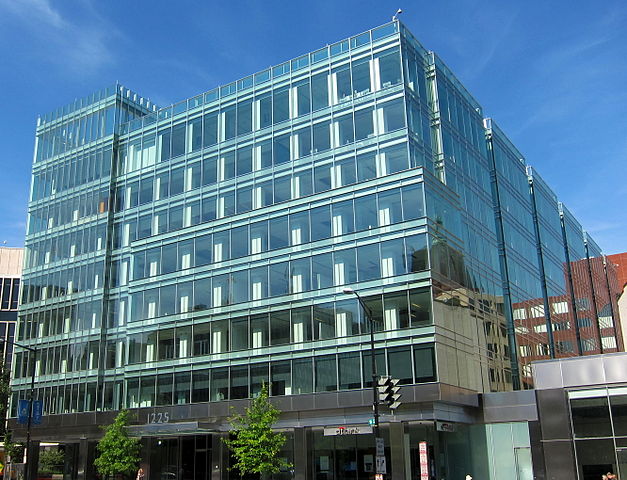As per Stats Canada, the Canadian GDP fell .3% in October, ending a four-month-long growth streak. In light of the recent data, there is a good chance that the Bank of Canada will keep interest rates unchanged in the near term.
Unfortunately for income investors, this means that Canadian bond yields will remain depressed for a bit longer, and investors will have to go to the ends of the yield curve for their much-needed payments. Fortunately, the equity markets provide ample opportunities for yield hunters to get access to safe, stable, and cheap sources of income. One such name from the REIT space is H&R Real Investment Trust (TSX:HR.UN).
A brief intro to H&R
H&R is one of Canada’s largest diversified REITs by market cap with properties within the office, retail, residential, and industrial spaces. Currently, H&R pays out a hefty 6.2% yield at a very manageable 71.7% of its funds from operations (FFO). The yield is slated to increase by 2.2% as of the December distribution.
In terms of performance, H&R recently reported $136.9 million of FFO in Q3 2016 — slightly down from $144.3 million last year — while same property operating income was flat at $196.7 million versus $196.1 million during the same period last year.
Finally, same property occupancy rates ticked down by four basis points from Q3 2015 to 96%, led primarily by declines in the office space, Lantower Residential, and ECHO Realty LP — of which H&R holds a 34% interest in. The declines were offset by increases in retail, Primaris shopping centres, and industrial unit occupancy.
Trading at a discount to NAV and historical valuation
Thanks to the lukewarm Q3, a downturn in retail activity, and rising interest rates in the United States, H&R is currently trading at a discount to its consensus net asset value (NAV) of $24.5 per share and at 13.4 times 2017 consensus adjusted funds from operations (AFFO), below its historical average of 14.2 times AFFO (Scotia Capital estimates).
I believe this discount gap will close.
Why the discount will not last
As a large-cap REIT, H&R provides a safe dividend yield, which is currently higher than the average among large-cap peers (6.2% vs. 4.9%). This yield is backed by an excellent balance sheet with a debt-to-asset ratio of just 44.8% compared to 46.2% in December 2015. Moreover, H&R also boasts a liquidity position of cash on hand plus undrawn credit facilities of $416 million as well as a coverage ratio of 1.6 times of unencumbered assets versus unsecured debt on the balance sheet.
The current valuation is not factoring in H&R’s near-term growth drivers, such as further expansions into the U.S. residential space through its Lantower arm, while it divests underperforming office assets in Alberta.
Moreover, thanks to accommodating fiscal policies in the U.S. and Canada, we should begin to see a soft recovery in the retail space, of which H&R is primed to take advantage of through its redevelopment of the vacant units left in the wake of Target’s departure from Canada. Furthermore, as per its Q3 filing, leasing for the Target units should take place between 2016 and 2018 with most leases expected to have been already binding at the end of 2016.
Based on these two factors, I believe that H&R’s valuation discount will not last, and the window to get a piece of its safe dividend might be quickly closing.








